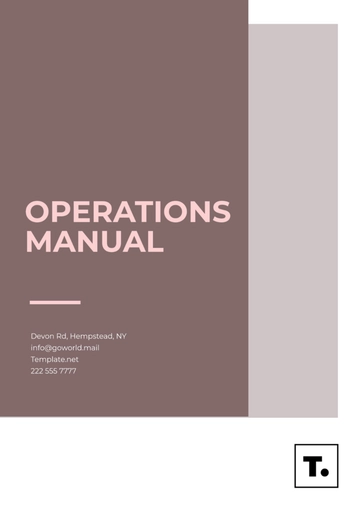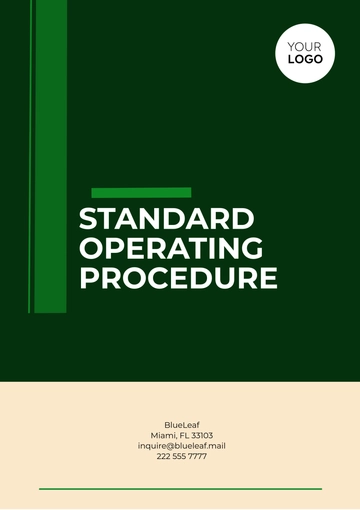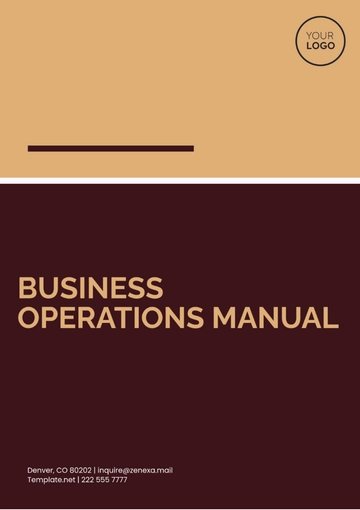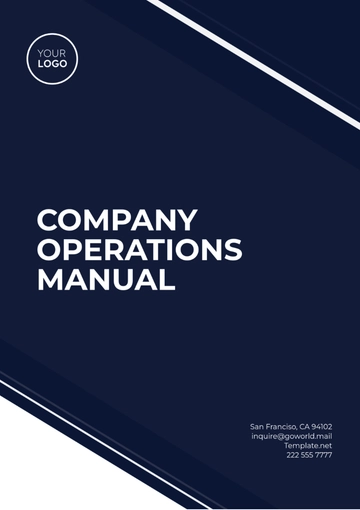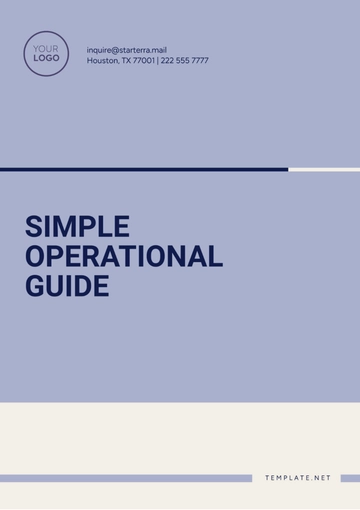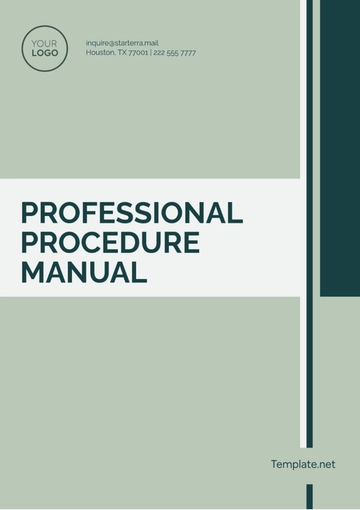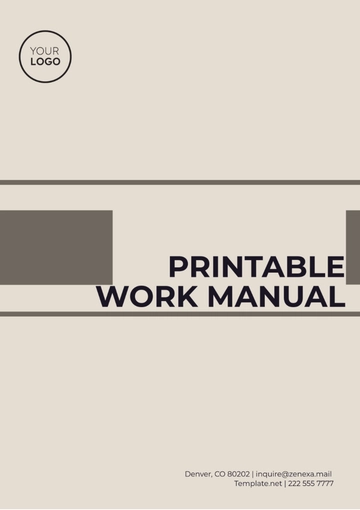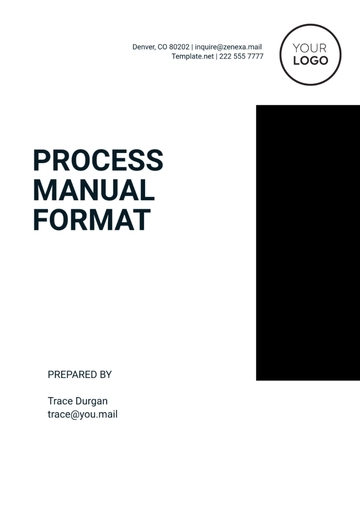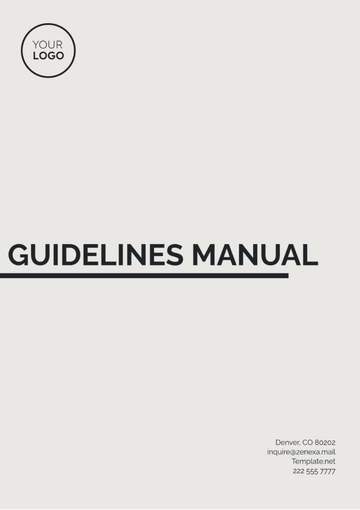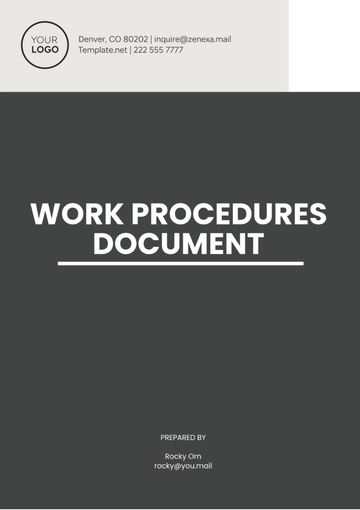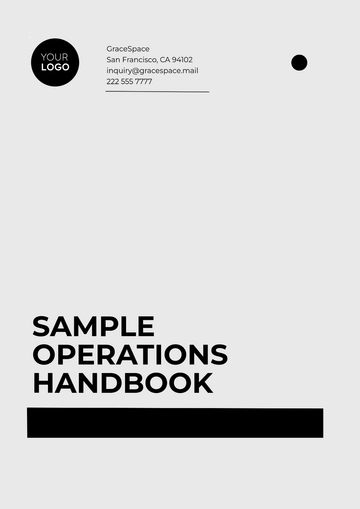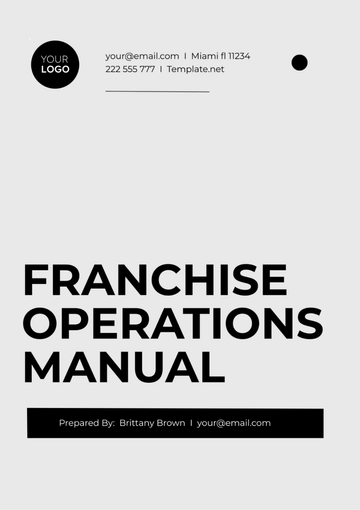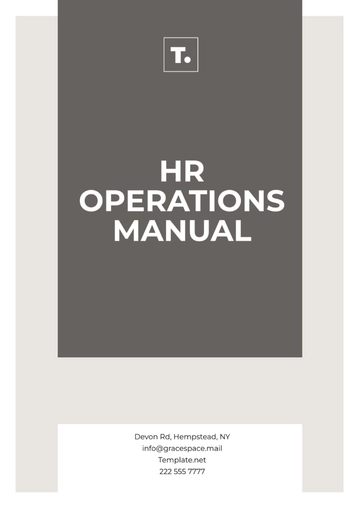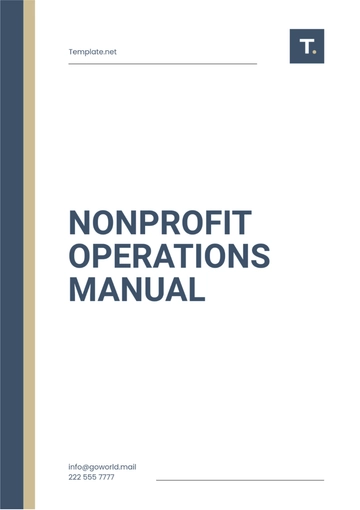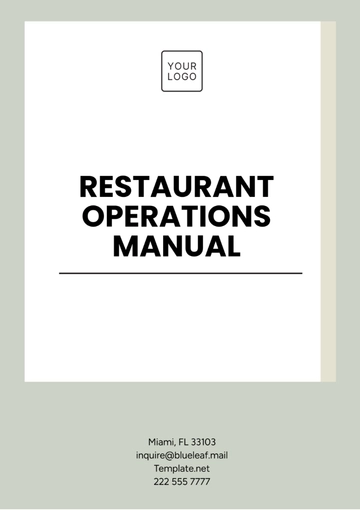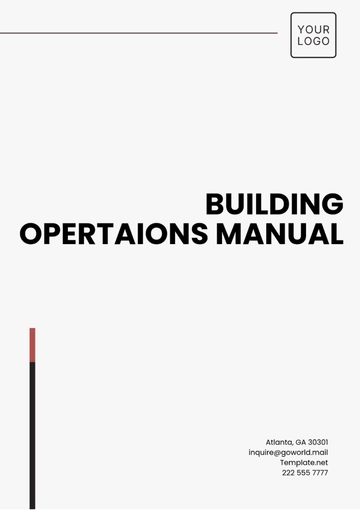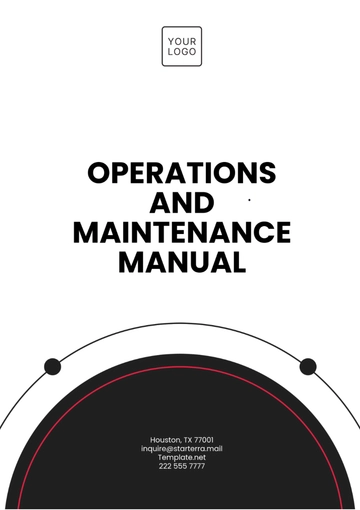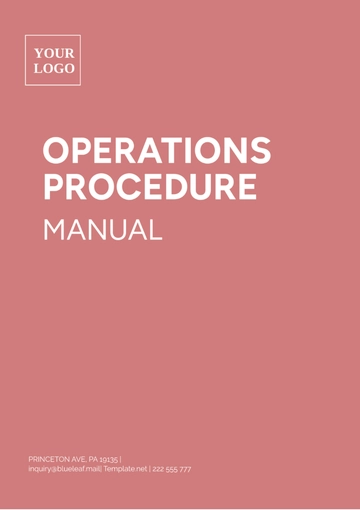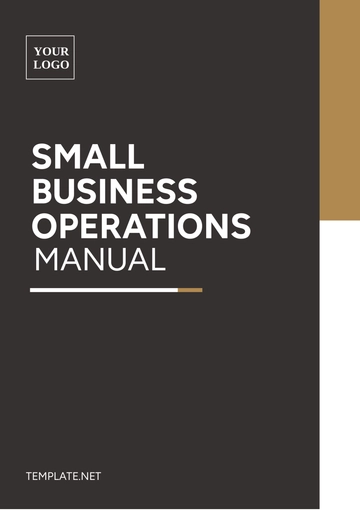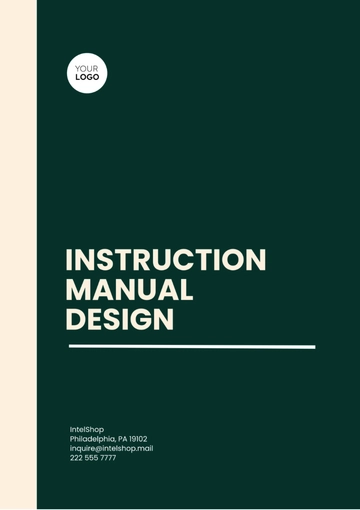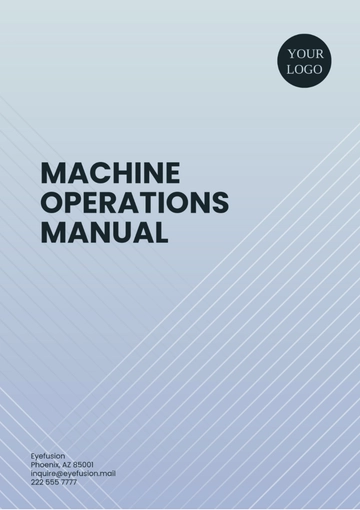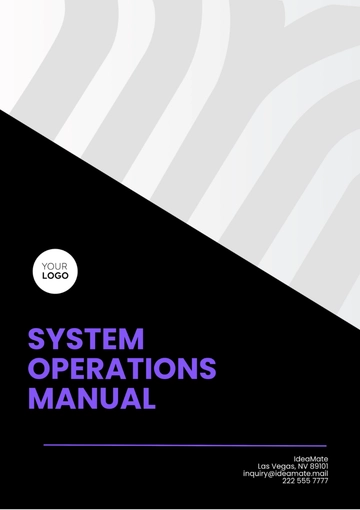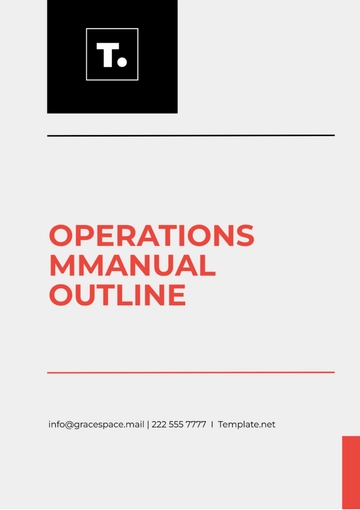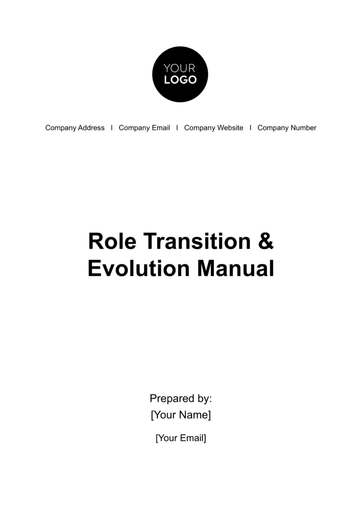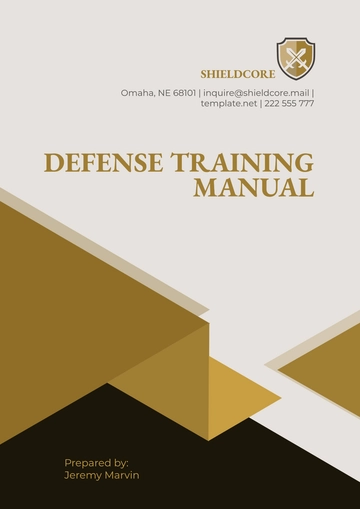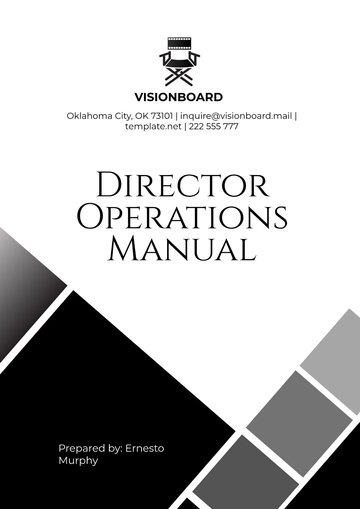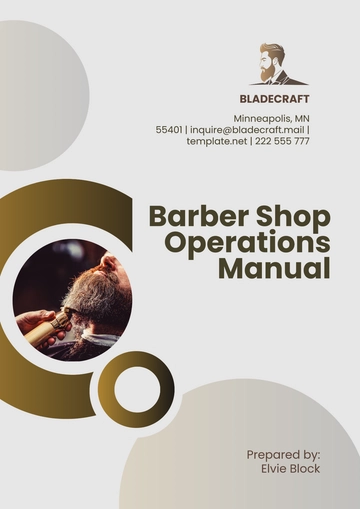Free Internal Audit Manual
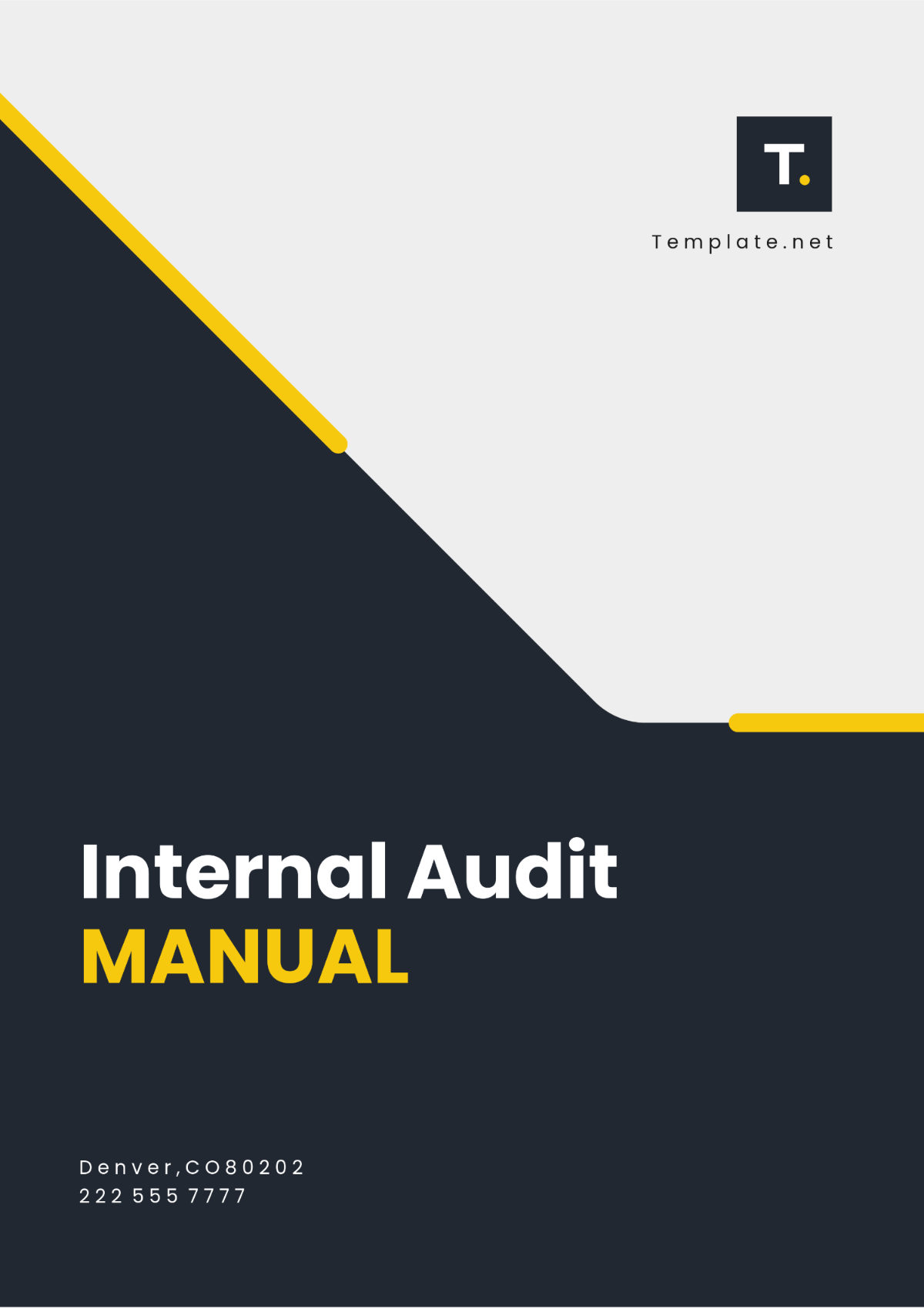
I. Introduction
In today's dynamic business environment, maintaining effective internal audit processes is essential for [YOUR COMPANY NAME]'s success. This Internal Audit Manual serves as a comprehensive guide to ensure consistency and accuracy in our audit procedures. As [YOUR NAME], the head of the [YOUR DEPARTMENT], it's imperative to adhere to the standards outlined in this manual to uphold the integrity and reliability of our internal audit function.
A. Purpose
The primary objective of this manual is to establish a framework for conducting internal audits within [YOUR COMPANY NAME]. It outlines the roles, responsibilities, and procedures to be followed by audit teams to evaluate the effectiveness of internal controls, assess risks, and provide recommendations for improvement.
B. Scope
The scope of this manual encompasses all departments, processes, and functions within [YOUR COMPANY NAME]. It applies to all employees involved in the audit process, including auditors, managers, and executives. The manual is designed to be adaptable to changes in regulations, industry standards, and organizational structures, ensuring relevance and effectiveness over time.
II. Audit Planning
Effective planning is crucial for conducting thorough and efficient audits. As outlined in this section, [YOUR DEPARTMENT] will follow a structured approach to identify audit objectives, assess risks, and allocate resources appropriately.
A. Objectives
Identify Audit Objectives: Clearly define the purpose and scope of each audit to ensure alignment with organizational goals and objectives.
Assess Risks: Evaluate potential risks and vulnerabilities associated with the audited area to prioritize audit activities and focus resources where they are most needed.
Define Audit Criteria: Establish criteria for evaluating the effectiveness of internal controls, compliance with policies and procedures, and achievement of operational goals.
B. Planning Process
Risk Assessment: Conduct a comprehensive risk assessment to identify areas of high risk and determine the audit approach.
Resource Allocation: Allocate human and financial resources based on the complexity and significance of the audit.
Audit Schedule: Develop a detailed audit schedule outlining the timeline, milestones, and responsibilities for each phase of the audit process.
III. Audit Execution
Once the audit plan is in place, [YOUR DEPARTMENT] will proceed with the execution phase, which involves gathering evidence, analyzing data, and documenting findings in accordance with established procedures.
A. Fieldwork
Data Collection: Gather relevant information, documents, and records to support the audit objectives and criteria.
Interviews: Conduct interviews with key personnel to gain insights into processes, controls, and potential areas of concern.
Observations: Observe operations and activities firsthand to validate information obtained through documentation and interviews.
B. Documentation
Workpapers: Maintain detailed workpapers documenting audit procedures, findings, and conclusions for each audit engagement.
Audit Reports: Prepare clear and concise audit reports summarizing the results of the audit, including observations, conclusions, and recommendations for improvement.
Review and Approval: Review audit documentation and reports for accuracy and completeness before seeking approval from appropriate stakeholders.
IV. Follow-Up and Reporting
The final phase of the audit process involves following up on audit findings and recommendations to ensure that corrective actions are implemented and monitoring progress over time.
A. Corrective Action
Action Plans: Develop action plans outlining specific steps to address identified weaknesses and deficiencies.
Implementation: Monitor the implementation of corrective actions to verify that they are effective in mitigating risks and improving controls.
Timeline: Establish timelines for completing corrective actions and assign responsibility for oversight and accountability.
B. Reporting
Follow-Up Reports: Prepare follow-up reports summarizing the status of corrective actions and any outstanding issues for management review.
Management Communication: Communicate audit results and recommendations to management and relevant stakeholders through formal reports, presentations, and meetings.
Continuous Improvement: Evaluate the effectiveness of the internal audit process and make recommendations for continuous improvement based on lessons learned and best practices.
V. Quality Assurance
Quality assurance is essential to ensure that the internal audit process is conducted with integrity, objectivity, and professionalism. In this section, [YOUR DEPARTMENT]will outline the measures taken to maintain quality throughout the audit lifecycle.
A. Independence and Objectivity
Independence: Maintain independence and impartiality in conducting audits by avoiding conflicts of interest and undue influence.
Objectivity: Approach audits with impartiality and fairness, basing conclusions and recommendations solely on evidence and analysis.
B. Review and Oversight
Peer Review: Conduct peer reviews of audit workpapers and reports to ensure accuracy, completeness, and compliance with established standards.
Management Oversight: Seek oversight and guidance from management to ensure alignment with organizational goals and objectives and adherence to policies and procedures.
VI. Training and Development
Continuous learning and development are essential for building the knowledge and skills required to perform effective audits. In this section, [YOUR DEPARTMENT] will outline the training and development programs available to audit staff.
A. Training Needs Assessment
Skills Gap Analysis: Conduct a skills gap analysis to identify training needs and areas for skill enhancement among audit staff.
Training Plan: Develop a comprehensive training plan outlining the curriculum, delivery methods, and timelines for addressing identified training needs.
B. Professional Development
Internal Training Programs: Offer internal training programs covering audit methodologies, tools, and techniques to enhance the competency and effectiveness of audit staff.
External Training Opportunities: Provide opportunities for audit staff to attend external training seminars, workshops, and conferences to stay updated on industry trends and best practices.
VII. Documentation and Recordkeeping
Accurate and comprehensive documentation is essential for ensuring transparency, accountability, and continuity in the audit process. In this section, [YOUR DEPARTMENT] will establish guidelines for documentation and recordkeeping practices.
A. Documentation Standards
Documentation Requirements: Define the types of documents to be maintained throughout the audit process, including workpapers, supporting evidence, and audit reports.
Format and Structure: Establish standard formats and templates for documenting audit procedures, findings, conclusions, and recommendations.
B. Record Retention
Retention Policies: Implement policies and procedures for the retention and disposal of audit documentation in accordance with regulatory requirements and organizational policies.
Confidentiality: Ensure the confidentiality and security of audit documentation to protect sensitive information and maintain the integrity of the audit process.
VIII. Conclusion
In conclusion, this Internal Audit Manual serves as a comprehensive guide for [YOUR COMPANY NAME]'s internal audit function, providing a framework for conducting audits with integrity, objectivity, and professionalism. By adhering to the standards and procedures outlined in this manual, [YOUR DEPARTMENT] will contribute to the overall effectiveness and efficiency of [YOUR COMPANY NAME]'s governance, risk management, and internal control processes.
- 100% Customizable, free editor
- Access 1 Million+ Templates, photo’s & graphics
- Download or share as a template
- Click and replace photos, graphics, text, backgrounds
- Resize, crop, AI write & more
- Access advanced editor
Discover efficiency with the Internal Audit Manual Template from Template.net. Tailor-made for seamless adaptability, this editable and customizable resource streamlines your auditing process. Crafted for user convenience, it's effortlessly editable in our Ai Editor Tool, empowering you to refine procedures with ease. Elevate your audits today.
